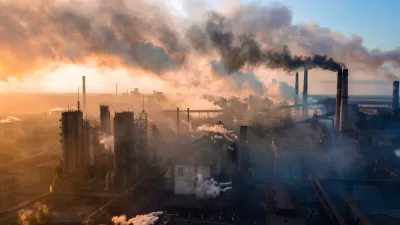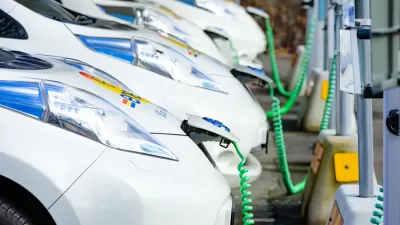The eccentric megaprojects keep coming in Dubai, leaving some to question the environmental wisdom of so much development in a notoriously water-poor desert.
"Of course, in a place like Dubai, this kind of audacious project goes relatively unnoticed, among the many others currently underway. To pick just one other example, 30,000 mature trees are scheduled to be shipped to Dubai to help landscape a new Tiger Woods-designed golf course that will be bordered by "22 palaces and 75 mansions". Even without the twin threats of climate change and a global economic recession, Dubai's grandiose plans might seem short-sighted to some. Is it really wise to be building at all, let alone on this scale, in a place that the United Nations describes as one of the most "water-imperilled" environments on the planet, but where per capita water use is three times the global average?"
"Dubai's ruling elite insists it now places "sustainability" at the heart of its plans for existing and future projects. Last year, Sheikh Mohammed bin Rashid Al Maktoum, Dubai's ruler, spelled out the "Dubai Strategic Plan 2015" in a speech. He explained that oil now contributes only 3% to Dubai's GDP and that his plan is to "sustain Dubai's environment, ensuring that it is safe and clean". Each new construction project now boasts a paragraph in its brochure about how it will "follow environmental best practice", but even if these new measures do materialise, Dubai is a place built on the ideology and convenience of cheap, free-flowing oil. Its business model, particularly its ever-expanding tourist sector, is based on the premise that people will always be willing and able to fly long distances to get there. (Some airlines now euphemistically describe Dubai as both a "long short-haul" destination and a "long-haul weekend break destination".) A new six-runway mega airport is being built to serve a predicted capacity of 120 million passengers a year."
FULL STORY: Chilling developments in Dubai

Study: Maui’s Plan to Convert Vacation Rentals to Long-Term Housing Could Cause Nearly $1 Billion Economic Loss
The plan would reduce visitor accommodation by 25,% resulting in 1,900 jobs lost.

North Texas Transit Leaders Tout Benefits of TOD for Growing Region
At a summit focused on transit-oriented development, policymakers discussed how North Texas’ expanded light rail system can serve as a tool for economic growth.

Why Should We Subsidize Public Transportation?
Many public transit agencies face financial stress due to rising costs, declining fare revenue, and declining subsidies. Transit advocates must provide a strong business case for increasing public transit funding.

How to Make US Trains Faster
Changes to boarding platforms and a switch to electric trains could improve U.S. passenger rail service without the added cost of high-speed rail.

Columbia’s Revitalized ‘Loop’ Is a Hub for Local Entrepreneurs
A focus on small businesses is helping a commercial corridor in Columbia, Missouri thrive.

Invasive Insect Threatens Minnesota’s Ash Forests
The Emerald Ash Borer is a rapidly spreading invasive pest threatening Minnesota’s ash trees, and homeowners are encouraged to plant diverse replacement species, avoid moving ash firewood, and monitor for signs of infestation.
Urban Design for Planners 1: Software Tools
This six-course series explores essential urban design concepts using open source software and equips planners with the tools they need to participate fully in the urban design process.
Planning for Universal Design
Learn the tools for implementing Universal Design in planning regulations.
Ascent Environmental
Borough of Carlisle
Institute for Housing and Urban Development Studies (IHS)
City of Grandview
Harvard GSD Executive Education
Toledo-Lucas County Plan Commissions
Salt Lake City
NYU Wagner Graduate School of Public Service





























